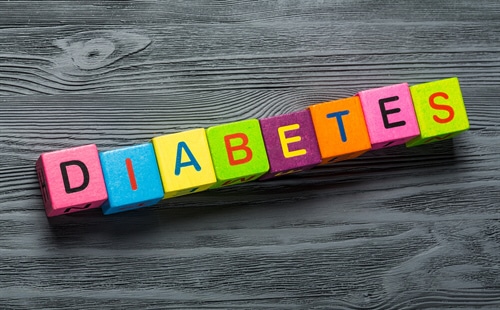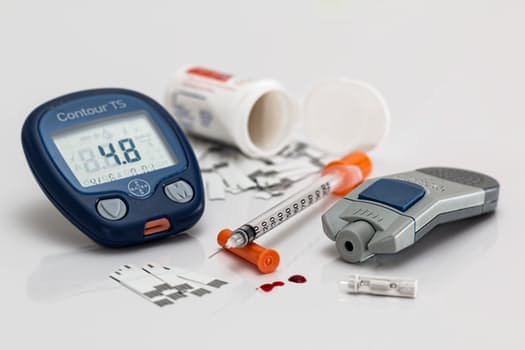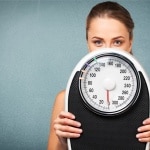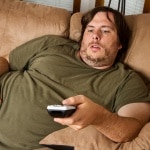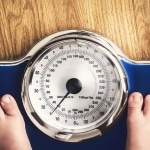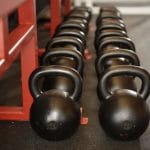This is the last part of a 3 Part essay on diabetes and exercise that I wrote for Medical Fitness Network (http://medicalfitnessnetwork.
In managing diabetes, either type 1 or 2, there are some guidelines one should follow, for safety sake. For simplicity, let’s look at each type separately.
In what used to be called juvenile diabetes, because kids under 30 would get it after the pancreas stopped secreting insulin, victims need to take exogenous, or from-outside-the-body, insulin by injection. The long, slow process of coordinating meals and injections has to be closely monitored by a physician and dietician in order to reduce the risk of not matching the carbohydrate intake with the insulin that clears it from the blood. If you don’t eat enough, or inject more insulin than you normally would have eaten otherwise, you could go into a state of hypoglycemia, or very low blood sugar. This occurs at blood glucose levels of 60 mg/dL, and must be monitored by these patients regularly throughout the day and around mealtimes. Most importantly, it must be regulated around bedtime as several hours of excessive clearance of sugar from the blood while sleeping could induce severe hypoglycemia from which the person may not awake; this would be a medical emergency, to say the least.
Thus, after a meal, one must match insulin to the approximated caloric, especially carbohydrate, intake. If one should partake in exercise, this intake must be closely monitored to make sure one either consumes more calories or uses less insulin, since the exercise will enhance the muscles’ ability to use the insulin to provide sugar for contractions. For this reason, Type 1 diabetics should try to exercise at the same time of day, for the same duration or intensity, and eat a light meal beforehand to provide the necessary fuel, inject the right amount of insulin to help the muscles take the sugar in from the blood, and not crash a few hours afterward. Thus, it is recommended that a simple carbohydrate snack after the workout be consumed, again, relative to the intensity and duration of the exercise bout. Furthermore, it is suggested that exercise not be done late at night to prevent post-workout hypoglycemia during sleep. Due to the many pieces of the Type 1 puzzle, the development of a regular, consistent exercise program can take several weeks of trial and error, and requires close supervision by the attending physician, dietician and the exercise professional who is guiding the program. For emergency consideration, the diabetic patient should carry a simple sugar snack – orange juice, hard candies – just in case the regulatory match of food, insulin and activity does not work. The attending exercise professional should be prepared for sudden indicators of hypoglycemia, which will be listed below, as this could lead to a medical emergency. (It is not uncommon to do many finger sticks per session early on to monitor the effects of the exercise vis a vis the food intake, so don’t be squeamish about it.)
Signs of Hypoglycemia
- Abnormal gait
- Clicking feet when running (kicking feet together, stumbling)
- Lack of balance
- Fatigue, “puniness”
- Confusion
- Seeing stars
- Chills
- Buzzing in ears
- Increased heart rate
- Irritability
- Reduction in power (cannot perform at usual level)
- Heart palpitations
For the person with T2D, the risks are much less, at least early in the disease process. As it goes on, especially if lifestyle changes do not occur to modulate the effects, T2D can become as dangerous as Type 1 for hypoglcyemia. Both types lead to vascular, neurological, renal and eye problems long term, but hypoglycemia is the primary concern for the exercising diabetic. Until the T2D patient needs to take exogenous insulin, the guidelines mentioned above may not pertain. Nonetheless, this person also needs to have a couple hundred calorie snack prior to the workout – 30-60 minutes, depending on the type, intensity and duration of the exercise – and should be aware of impending low blood sugar over the next few hours after the exercise session. Since most T2D patients are having to deal with excess weight, there may be a tendency to try to reduce calories overall throughout their day. While there is usually abundant stored energy available in the form of fatty deposits, due to the increased insulin sensitivity that results from muscle activity, and the body’s preference for sugar as a fuel for exercise, the exercising T2D person may start to fade during, or especially after, the session. Again, as with the Type 1 diabetic, one should be cautious about exercising too close to bedtime in order to not fall into a state of hypoglycemia in one’s sleep.
To conclude, PA of all sorts has been found to enhance blood sugar uptake by muscles during the session and for several hours thereafter. Thus, it is one of the best, least invasive means by which to prevent, regulate and, for early stage T2D, even reverse diabetes and its downstream effects on the heart, kidneys, nerves (especially of the lower extremities), and eyes. Besides its collateral benefits on the cardiovascular system, it may help reduce weight though it is essential in maintaining weight loss. And PA clearly improves quality of life, not just through its physical benefits but its effects on the brain and psyche, reducing the risk of depression which may be a factor in both the sequence of events leading to weight gain, the challenges of both weight loss and disease management, and the reduction in one’s ability to enjoy various aspects of life due to immobility, neuropathy, visual impairment, and dialysis.

